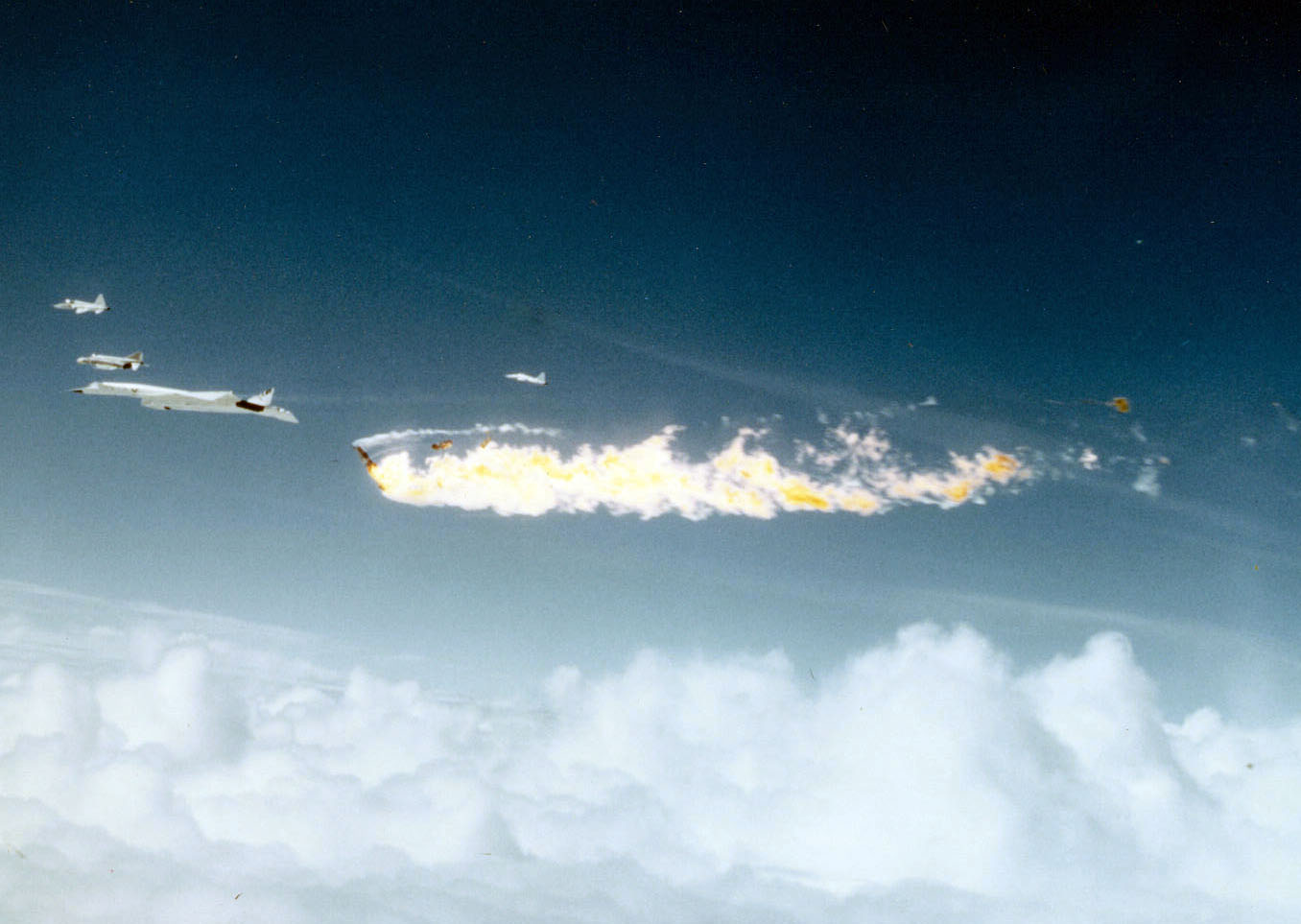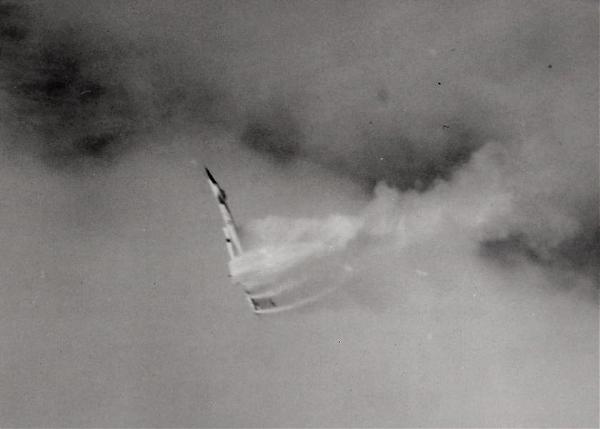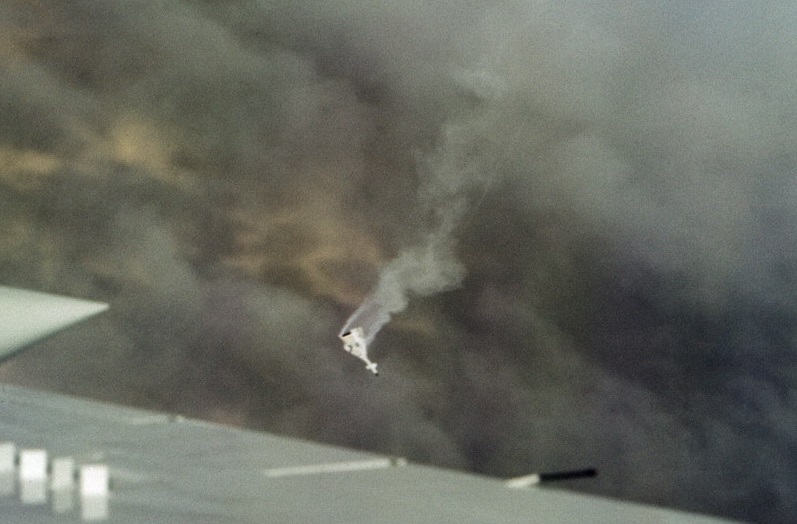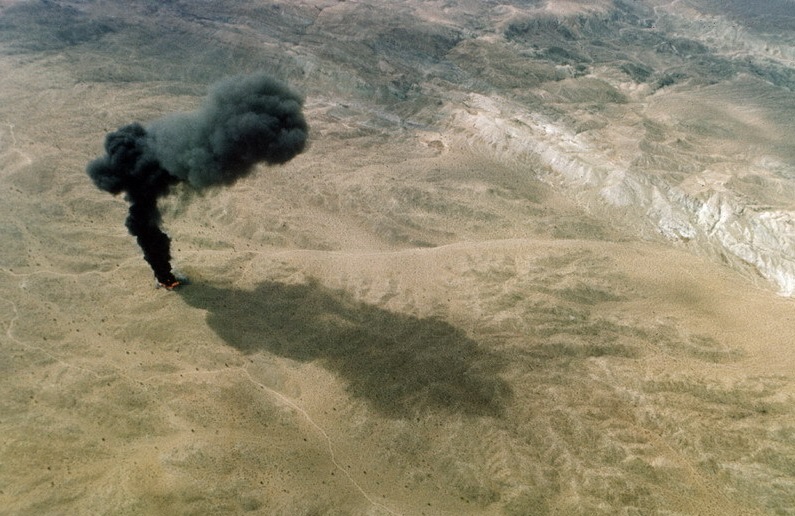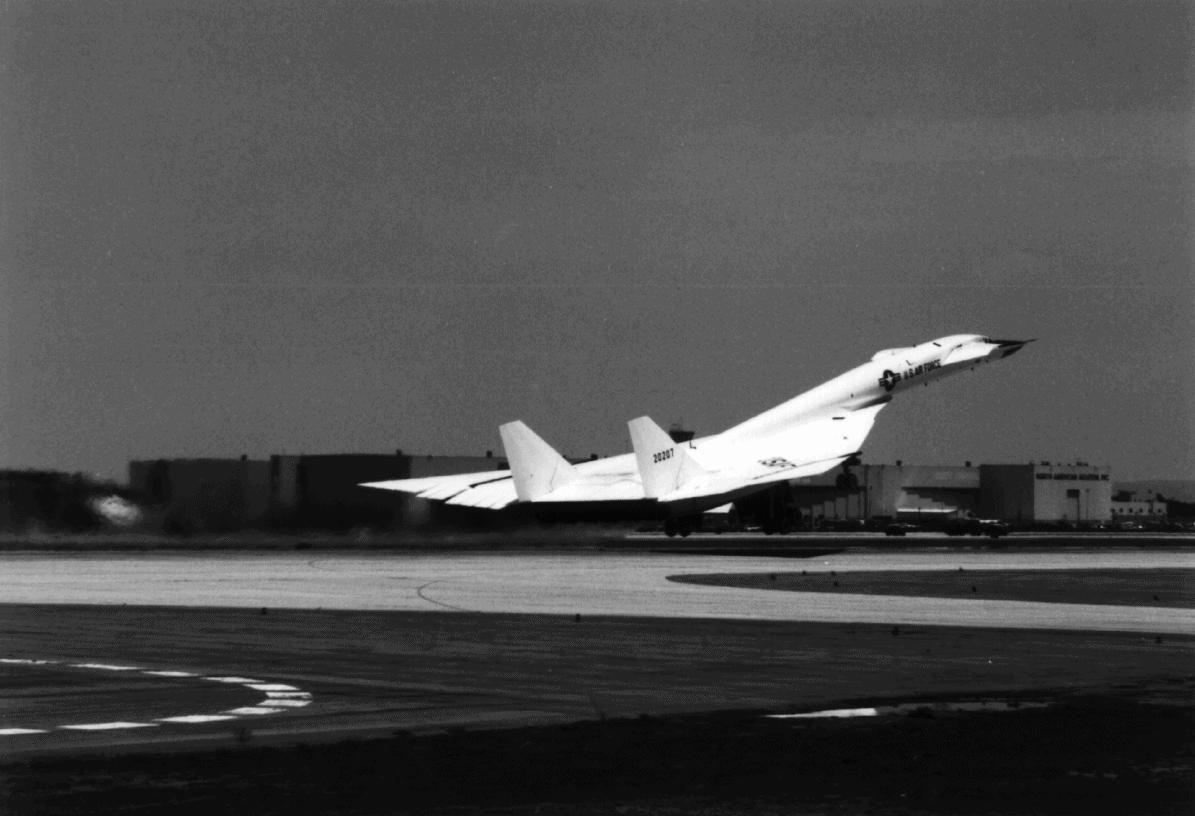
17 July 1965: At Air Force Plant 42, Palmdale, California, the second North American Aviation B-70 Valkyrie prototype, XB-70A-2-NA 62-0207, took off on its maiden flight enroute Edwards Air Force Base where it would continue the flight test program with its sister ship.
The Valkyrie was designed as a Mach 3+ strategic bomber, capable of flight above 70,000 feet (21,336 meters), with intercontinental range. It’s altitude allowed it to avoid interceptors of the time, but improvements in radar-guided surface-to-air missiles increased its vulnerability. Ultimately, though, political decisions ended the B-70 program.
62-0207 was flown just 46 times, for a total of 92 hours, 22 minutes of flight. Changes to the aircraft corrected the deficiencies discovered in testing the Number 1 XB-70A, 62-0001. The most visible change was 5° dihedral added to the wings for improved stability. On 16 April 1966, 62-0207 reached its maximum design speed, Mach 3.08, which it sustained for 20 minutes.
Less than one year after its first flight, 8 June 1966, the Valkyrie was involved in a mid-air collision with a Lockheed F-104N and crashed just north of Barstow, California. North American’s B-70 test pilot, Al White, was seriously injured and co-pilot, Major Carl Cross, USAF, was killed. NASA test pilot Joe Walker, flying the F-104, was also killed.
© 2015, Bryan R. Swopes

